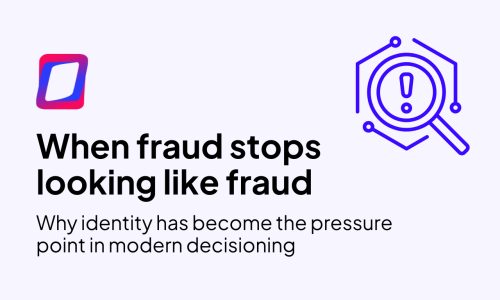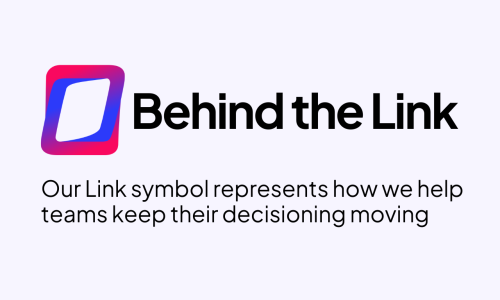The Numbers Don’t Lie (Right?): The State of Lending and What to Trust in 2023 with Equifax’s Tom O’Neill
Navigating the Lending Landscape: A Deep Dive with Tom O’Neill of Equifax
There isn’t a period in the present day that we can equate to the COVID global pandemic and the effects that this era has had on the lending industry. Society was forced to isolate, everyone was left indoors, and not to mention that spending fell off a cliff. It was only natural from a lending perspective to withdraw and stop to wait and see what would happen before making any other determinations.
During this time, the CAREs Act also rolled out to help the consumer base households weather the severity of the coronavirus storm. As the CAREs Act avoided the tsunami of delinquencies and charge-offs, it did raise questions about forbearance, payment holidays, and stimulus checks. Did this create an environment that was artificial and not sustainable?
On this episode of The Lending Link, we sit down with Tom O’Neill, risk advisor with Equifax where he leads consulting engagements for clients across Equifax’s 23-country footprint.
In this insightful discussion, Tom and Rich also delve into a variety of topics spanning from:
- Are the rising credit scores contributing to higher credit limits?
- Why are 65% of households living paycheck to paycheck?
- What has changed in the adoption of alternative data?
- Buy Now Pay Later data and its impact on consumers, and much more!
About Tom O’Neill
Tom O’Neill brings over 20 years of experience leading analytic consulting engagements within Financial Services and other industries. As Risk Advisor at Equifax, O’Neill provides analytic thought leadership to client senior management, public forums, and various industry and advisory councils.
While at Equifax, upon the onset of COVID-19 and resulting CARES Act, Tom became responsible for producing weekly market insight summary reports for client groups spanning industries and lifecycle stages. He also regularly presented macroeconomic and industry trends within various forums and continues to do so at Equifax.
O’Neill’s consulting career began in process engineering and solution requirements, helping design a GIS-mapping and reporting application for the US Department of Agriculture. He previously led Optimization Consulting groups responsible for developing and implementing.
Be sure to follow Tom and our host Rich on LinkedIn, and for the latest GDS Link updates and news, follow us on Twitter and LinkedIn. You can subscribe to the Lending Link on Apple Podcasts, Spotify, Google Play, YouTube or wherever you prefer to listen to your podcasts!
Recent articles

When Fraud Stops Looking Like Fraud
Read article
Behind the Link
Read article





